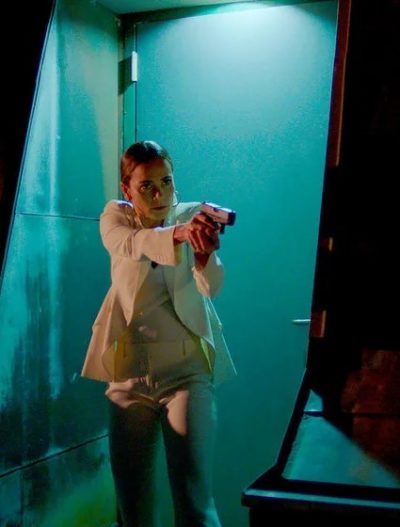Literary rating: ★★★½
Kick-butt quotient: ☆☆☆½
 There is quite a lot going on here, so please hold on while I try to summarize. The world in which this takes place has two main groups, engaged in a decade-long war: the neo-Communist People’s Republic of Tirik and the Lyron League, an alliance of six kingdoms. The smallest of these is Ashing, a seafaring country, where both men and women go to see. The latter includes Princess Greysik, an officer on one of the Ashing navy’s ships, but after one mission goes wrong, she is returned to the palace, and scheduled to become part of a marriage arranged for diplomatic reasons. Rather than suffer that, she runs away, taking the identity of Nile Ash and becoming a sailor on a Lyron League ship. But without the privileges her rank and position previously afforded her, she’s about to discover how harsh her new, entry-level position life will be.
There is quite a lot going on here, so please hold on while I try to summarize. The world in which this takes place has two main groups, engaged in a decade-long war: the neo-Communist People’s Republic of Tirik and the Lyron League, an alliance of six kingdoms. The smallest of these is Ashing, a seafaring country, where both men and women go to see. The latter includes Princess Greysik, an officer on one of the Ashing navy’s ships, but after one mission goes wrong, she is returned to the palace, and scheduled to become part of a marriage arranged for diplomatic reasons. Rather than suffer that, she runs away, taking the identity of Nile Ash and becoming a sailor on a Lyron League ship. But without the privileges her rank and position previously afforded her, she’s about to discover how harsh her new, entry-level position life will be.
But, wait! There’s more! For a small fraction of the population are “Gifted” – they have an affinity for, attract and with practice can manipulate, one of the five elements: air, water, metal, stone or fire. But the ability has potentially lethal side-effects, e.g. stone caller’s muscles dissolve; water caller’s blood refuses to clot. This matters because Greysik’s twin brother, Clay, is a metal caller. She has vowed to find a cure, rumoured to be found in the Diante Empire, a reclusive and largely sealed-off third faction in this world. However, Greysik is showing increasing signs of being an air caller herself. While that may potentially be very useful on the sailing ship she now inhabits, that will only be the case, if she can manage to control it before it kills her.
Phew. You’ll understand why the early stages felt a bit like I was cramming for an exam. Meanwhile, the end of volume one topples into over-ripe romance, which is no less unwelcome for having been foreshadowed since almost the very beginning. Fortunately, in between these times, there’s a lot of good to be found here. Lidell does a particularly good job of capturing the sense of being at sea. Well, not that I have much watery experience; it just feels authentic, to the point where it seemed I could almost smell the salt in the air. Indeed, the whole royalty angle seems almost slightly superfluous, at least in this first volume; the heroine could just have been an ordinary girl with her “gift”.
There is also a nice sense of progression, with the relationship between the characters deepening, and an increasing sense of foreboding, as a Tirik prisoner provides ominous, if non-specific, predictions of doom. These do indeed come to pass over the final chapters, in spectacular fashion – though not in the way that Greysik expects. I am just hoping the late surge of romance doesn’t prove to become a major focus as we go on. This has done a good job of setting the stage, though we’ll see whether I get to circle around back to further volumes before my Kindle Unlimited subscription expires.
Author: Alex Lidell
Publisher: Danger Bearing Press, available through Amazon, both as a paperback and an e-book
1 of 3 in the TIDES series.









